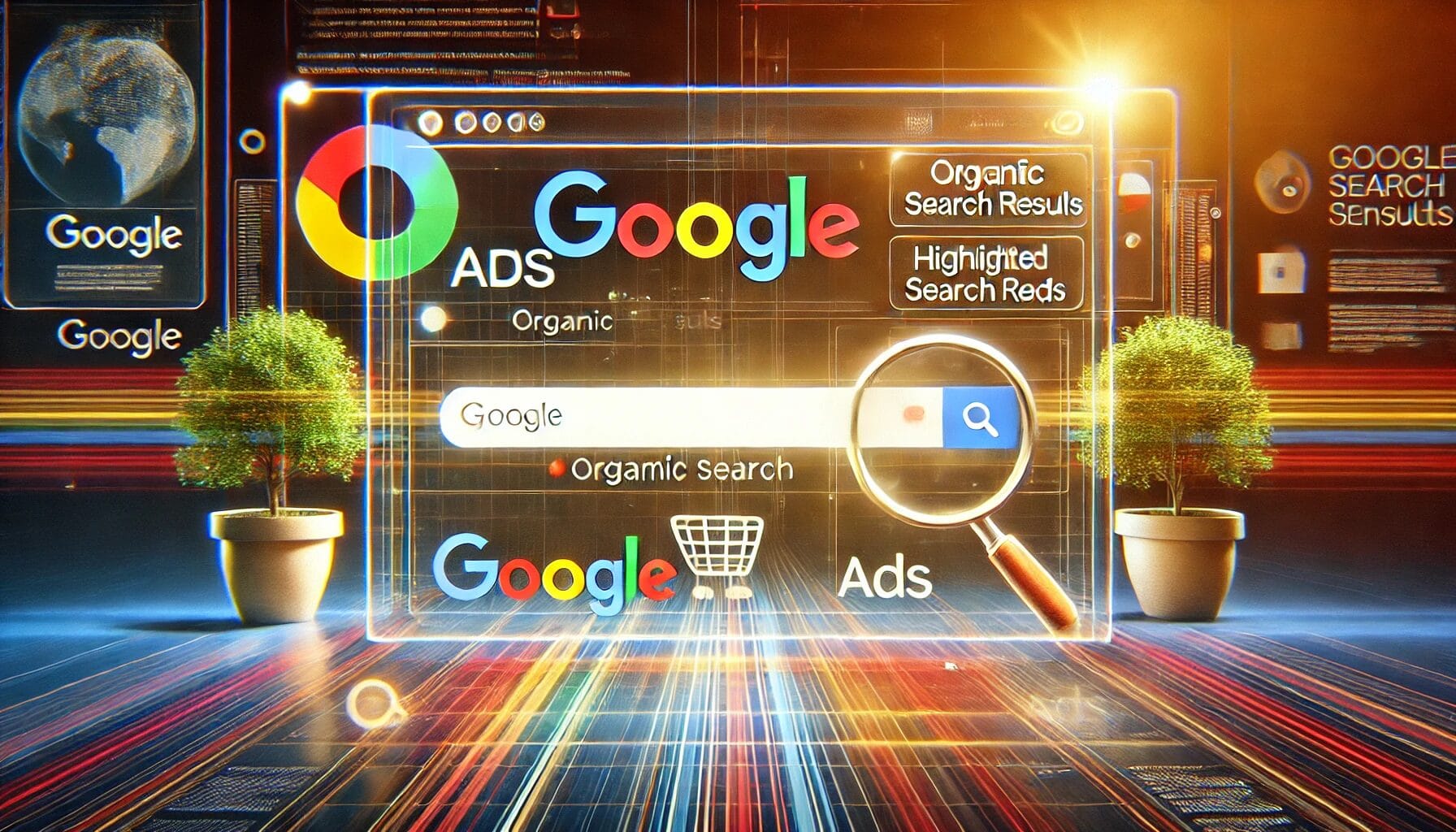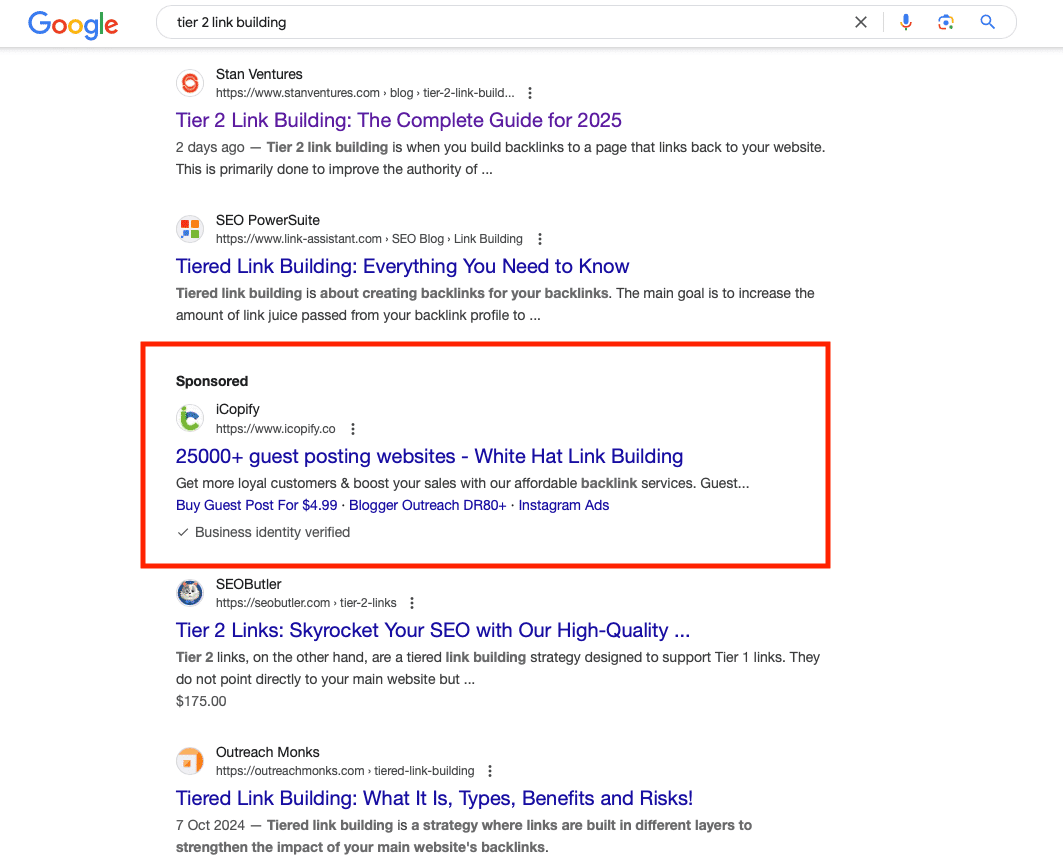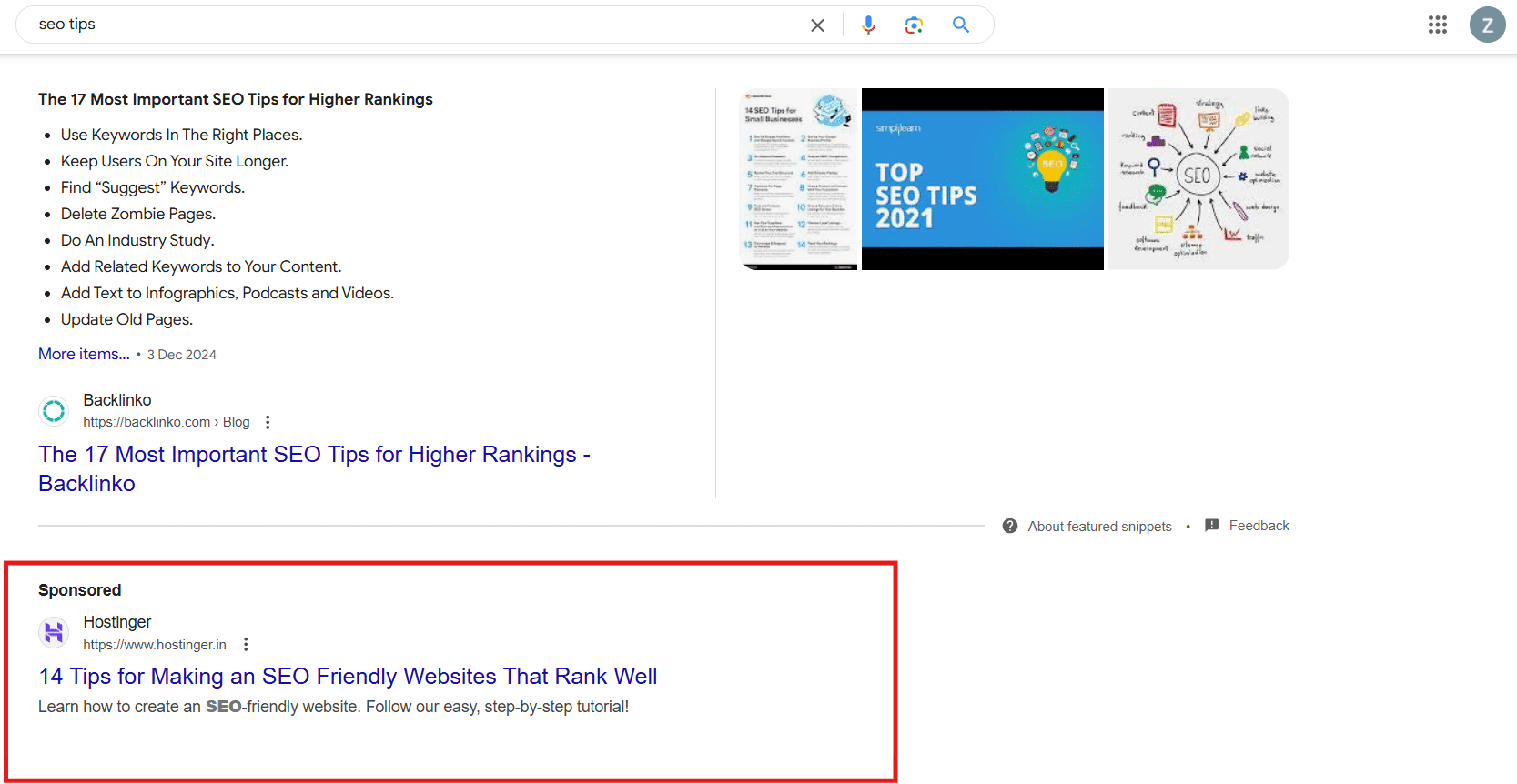Table of Contents


Want to Boost Rankings?
Get a proposal along with expert advice and insights on the right SEO strategy to grow your business!
Get StartedGoogle has long been the dominant force in online advertising, driving billions of dollars in revenue through its powerful advertising platform, Google Ads.
Traditionally, Google Ads have been prominently displayed at the top of search results, alongside organic search listings.
However, recent developments indicate a significant shift in how ads are placed in organic search results, prompting marketers and business owners to reassess their strategies.
Free SEO Audit: Uncover Hidden SEO Opportunities Before Your Competitors Do
Gain early access to a tailored SEO audit that reveals untapped SEO opportunities and gaps in your website.

This change aims to boost ad visibility and engagement, but it’s also stirring debate about the future of search.
Here is a closer look at what this means, why it’s happening, and how you can adapt to stay ahead.

A Big Move in Plain Sight
For years, users have become accustomed to sponsored ads dominating prominent positions at the top or bottom of search pages. However, this predictability has led to a phenomenon known as “ad blindness,” where users often overlook these spots, assuming they are ads and disregarding them altogether.
In response to this behavior, it appears that Google has embraced placing ads within organic search results, aiming to counteract the diminishing effectiveness of traditional ad placements.
On March 28, 2024, Google officially updated its documentation, confirming that top ads could dynamically appear below or among organic results.
This placement strategy is likely designed to give ads a better chance at capturing clicks, as users have become increasingly adept at ignoring the top sponsored ads intuitively.
Examples of the New Placement:
- Ads Blended with Organic Results: In some cases, one or two ads appear seamlessly among top organic listings. For instance, searching “SEO experts India” might place an ad in the second position, creating a blurred line between paid and organic content.

- Ads Below Featured Snippets: Ads often appear directly below featured snippets, sometimes as a group of four. This placement ensures that the snippet—designed to provide quick answers—remains the focal point.

This shift means businesses are now vying for visibility in an even more competitive space. Advertisers need to rethink their strategies, and organic traffic experts are left recalibrating their approaches.
It’s a subtle but impactful change for everyday users that reshapes how they consume search results.
Why Google Is Doing This
The reasoning behind this change is multifaceted and strategic:
-
Maximizing Advertising Revenue
Google’s core business model heavily relies on ad revenue, contributing over 80% of its earnings. Increasing ad placements within organic search results ensures greater visibility and higher engagement, driving more clicks for advertisers and sustaining Google’s dominant position in the digital advertising space.
-
Addressing Ad Fatigue
Users have grown adept at skipping or ignoring ads placed at the very top of search results. Embedding ads within organic listings takes advantage of natural scrolling behavior, increasing visibility and engagement.
-
Leveraging AI for Precision Targeting
Google’s advanced machine learning algorithms enable highly targeted ads that closely align with user intent. Ads placed within organic search results appear more relevant and integrated, enhancing the overall user experience and increasing the likelihood of engagement.
-
Competing with Rivals
With platforms like Amazon and Facebook making strides in the advertising space, Google needs to solidify its position as the leader. Offering premium, strategically positioned ad slots helps retain advertisers in a competitive market.
-
Shaping User Behavior
Google’s shift aligns with its long-term goal of merging paid and organic content into a unified experience. By integrating ads more seamlessly, the search engine trains users to focus on relevance rather than the distinction between paid and organic.
-
Catering to E-commerce Growth
As online shopping surges, ad placements that integrate product listings within search results cater to this growing market. This strategy benefits both advertisers and users searching for quick solutions.
-
Mitigating Regulatory Pressure
Subtle integration of ads can also serve as a buffer against potential regulations targeting deceptive advertising practices, ensuring Google maintains compliance while maximizing revenue.
-
Providing Contextually Relevant Ads
By interspersing ads with the search results, Google might aim to present them as additional “helpful suggestions” rather than obvious promotions. Ads in the midst of search results can be tailored to appear contextually relevant, giving them a more organic feel and potentially increasing user trust.
The Impact of This Change
This change has broad implications for advertisers, businesses, and users alike:
For Advertisers: The increased visibility of ads is a boon. More clicks mean a higher return on investment. However, the competition for these premium ad spots will drive up costs, making it harder for smaller businesses to compete.
For Businesses Relying on Organic Search: The dominance of ads in search results pushes organic listings further down, potentially reducing their visibility and traffic. SEO experts need to get more creative to ensure their content stands out.
For Users: While users benefit from more relevant ads, they may also find it harder to distinguish between paid and organic results. This could erode trust if users feel they’re being misled.
As someone who’s been following the digital marketing space closely, this change is both exciting and concerning.
On the one hand, it’s a testament to how dynamic and innovative the field is. On the other, it underscores the challenges small businesses face in an increasingly pay-to-play environment.
Transparency and user trust should remain at the forefront of these changes, and it’s crucial for Google to strike the right balance.
What Does the Future Hold?
The implications of this shift are profound. Here’s what we might expect moving forward:
Increased Advertising Costs: As competition for top ad spots intensifies, businesses will need to allocate larger budgets to maintain visibility.
Evolving SEO Strategies: SEO will become even more challenging as organic listings face increased competition from ads.
Enhanced Ad Targeting: Google’s AI-driven ad placement will likely become more sophisticated, offering advertisers better-targeting options.
Regulatory Scrutiny: As the line between ads and organic results blurs, regulators may step in to ensure transparency and fairness.
Shifts in User Trust: Google must maintain transparency to prevent erosion of user trust as ads blend into organic results.
How to Adapt and Thrive
Here are some practical tips to stay ahead:
Invest in Paid Ads: With organic visibility declining, paid advertising is becoming a necessity rather than an option. Optimize your ad campaigns to maximize ROI.
Focus on High-Quality Content: While ads dominate, great content still matters. Engaging, informative, and well-optimized content can help you maintain organic traffic.
Leverage Local SEO: Local search results remain a valuable avenue for visibility. Optimize your listings to capture local traffic.
Use Data-Driven Insights: Utilize Google’s analytics tools to understand user behavior and refine your strategies.
Experiment with Formats: Test different ad formats, including responsive ads, to determine what works best for your audience.
Build Brand Loyalty: With search results becoming more competitive, direct traffic and repeat customers are more valuable than ever.
Monitor Competitors: Keep an eye on how competitors are adapting their strategies to stay ahead in the game.
To navigate these changes effectively, partnering with our professional SEO services company can help you optimize your strategy and stay competitive in the evolving digital landscape.
Key Takeaways
- Google Ads are becoming less distinguishable from organic search results.
- This change boosts ad visibility but challenges organic SEO strategies.
- Businesses must adapt by investing in paid ads and high-quality content.
- Local SEO and brand loyalty are more important than ever.
- Transparency and regulatory oversight may shape the future of search advertising.
About the author
Share this article
Find out WHAT stops Google from ranking your website
We’ll have our SEO specialists analyze your website—and tell you what could be slowing down your organic growth.














